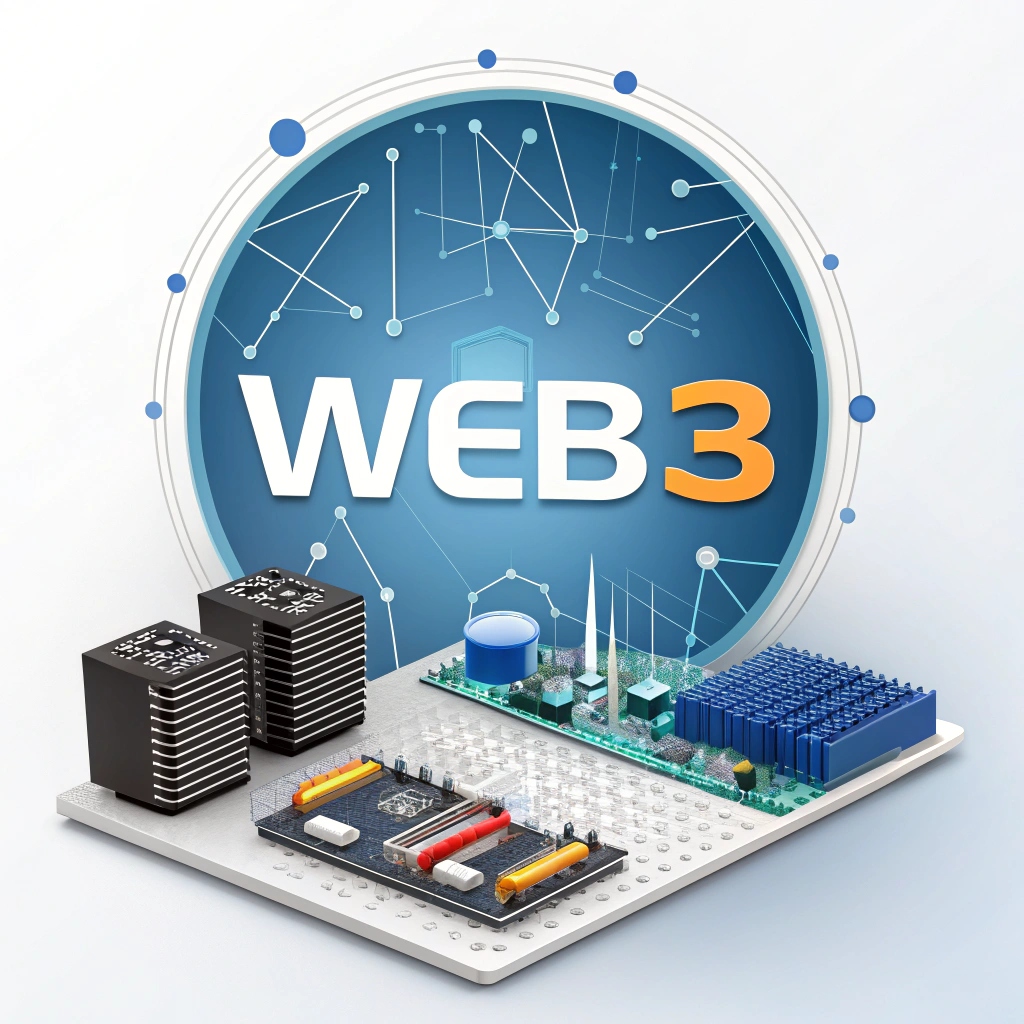🧾 Web 1.0: The Read-Only Web
Era: 1989–2004(en.wikipedia.org)
- Content: Static HTML pages with minimal interactivity
- User Role: Passive consumers
- Examples: Early websites like Apple (1993), Amazon (1994), and Yahoo! (1994)
- Features: Frames, tables, and basic hyperlinks(lxahub.com, lifewire.com)
Web 1.0 was characterized by static content delivery, where users could only read information without any interaction. (geeksforgeeks.org)
🧑🤝🧑 Web 2.0: The Social Web
Era: 2004–Present(time.com)
- Content: Dynamic and user-generated
- User Role: Active participants and content creators
- Examples: Facebook, YouTube, Wikipedia
- Features: AJAX, JavaScript frameworks, and APIs(geeksforgeeks.org)
Web 2.0 introduced interactivity, allowing users to create and share content, leading to the rise of social media platforms. (simplilearn.com)
🔗 Web3: The Decentralized Web
Era: Emerging (2015–Present)(reddit.com)
- Content: Decentralized and user-owned
- User Role: Owners and stakeholders
- Examples: Ethereum, IPFS, and decentralized applications (DApps)
- Features: Blockchain technology, smart contracts, and token-based economies(coinswitch.co, cointelegraph.com, en.wikipedia.org)
Web3 aims to return control of the internet to users by leveraging decentralized technologies, enhancing privacy, and reducing reliance on centralized authorities.
📊 Comparison Table
| Feature | Web 1.0 | Web 2.0 | Web3 | |
|---|---|---|---|---|
| User Interaction | Read-only | Read and write | Read, write, and own | |
| Content Generation | Company-generated | User-generated | User-owned | |
| Data Storage | Centralized | Centralized | Decentralized | |
| Monetization | Ads | Ads and subscriptions | Tokens and crypto | |
| Control | Webmasters | Platform owners | Users and communities | (linkedin.com, coinswitch.co, en.wikipedia.org, lifewire.com, aws.amazon.com, en.wikipedia.org, wired.com, en.wikipedia.org, nypost.com) |
🚀 Getting Started with Web3
To explore the decentralized web, consider using a Web3-compatible browser like iBrowe, which offers integrated wallet support and enhanced privacy features.
Note: The information provided is based on current understanding and may evolve as Web3 technologies develop further.


